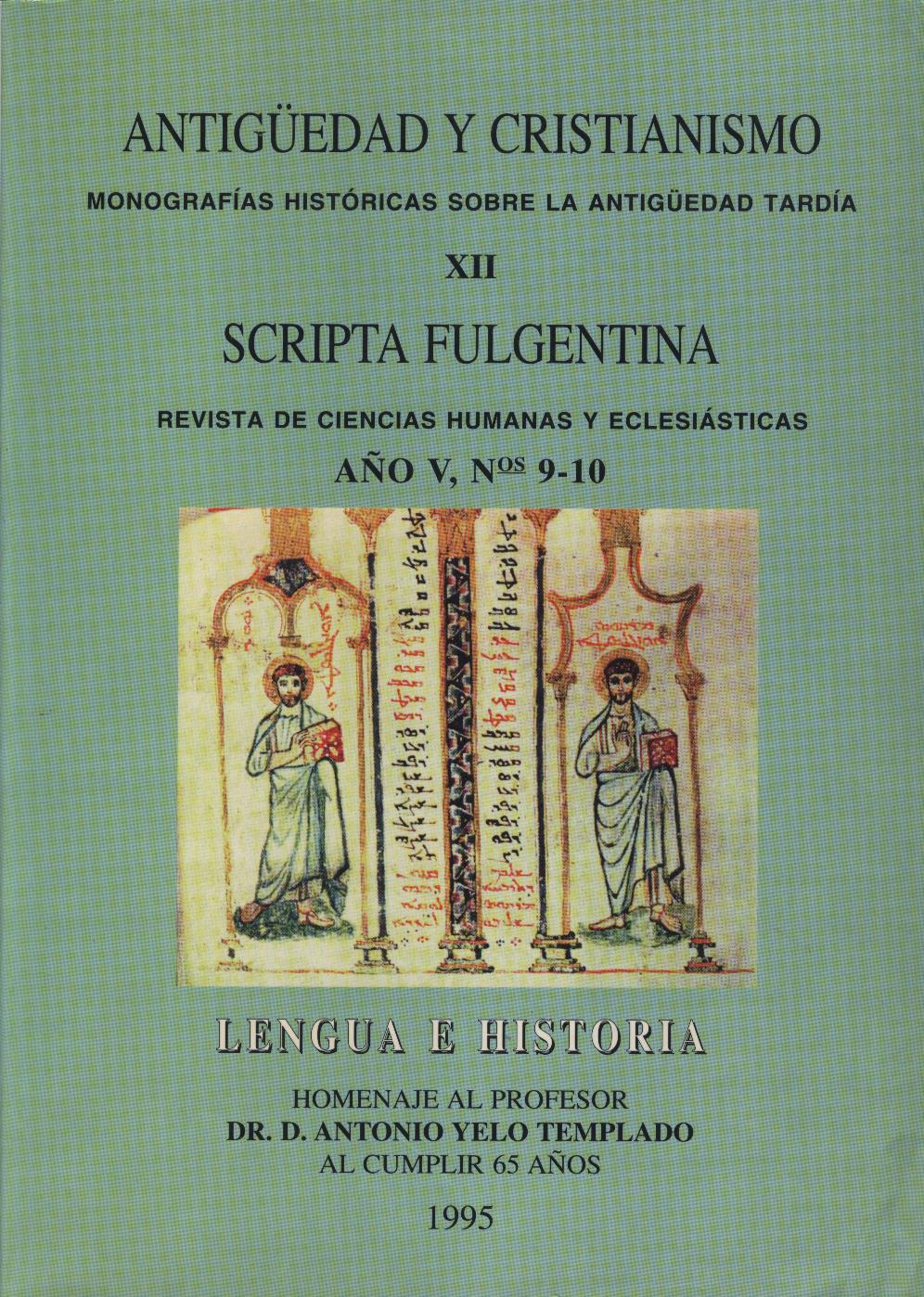EL REINO VISIGODO EN LA CONCEPCIÓN DE JULIÁN DE TOLEDO
Abstract
The analysis of the conceptual categories manifested in the works of Julian of Toledo in regards to the political realities, such as the kingdom and its habitans, shows that these are determined by the eschatological feelings of the autho and his view of History. While the regnum appears as a patrimonial reality bestowed on the monarch by means of the Real Unction ceremony, other terms, such as barbarus or gothus, are now mere anachronisms. The gens is used to differentiate the hispanogothic peoples from their neighbors. However, from our point of view, it is more relevant to pay attention to the response found in the works of Julian. This response defines the habitants of the Kingdom as populus christianus, which, in the general concept of History, substituted the populus iudaicus, with al1 the known important political consequences that brought about.Downloads
-
Abstract350
-
PDF (Español (España))191
1. The authors non-exclusively assign the exploitation rights (reproduction, distribution, communication and transformation) to the magazine.
2. The works published in this magazine are subject to the Attribution-ShareAlike 4.0 International license (CC By SA 4.0). Therefore, they can be copied, used, disseminated, transmitted and publicly displayed, provided that:
i) the authorship and the original source of its publication (journal, editorial and URL of the work) are cited, thus allowing its recognition.
ii) it is allowed to remix, transform or create from the material while maintaining the same license as the original.
Note: Articles prior to 2022 incorrectly display the CC by SA license in the abstract page. They are under a CC by NC ND license as embedded in the article pdfs. Articles published in 2022 and after are under the CC by SA license.

3. Self-archiving conditions. Authors are allowed and encouraged to electronically disseminate the pre-print (version before being evaluated) and/or post-print (version evaluated and accepted for publication) versions of their works before publication, as it favors their publication. Earlier circulation and diffusion and with it a possible increase in its citation and reach among the academic community. Color RoMEO: verde.
























